
views
Pruning for Strength and Appearance
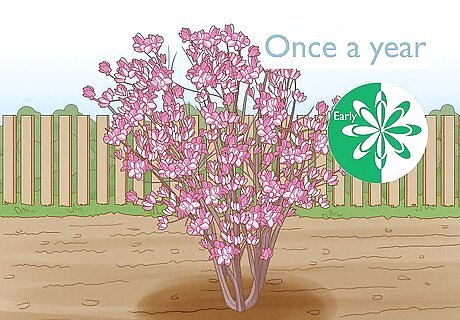
Prune the magnolia once a year, in late spring. Tulip magnolias do not require extensive pruning, but some selective pruning while the tree is young and an annual tidying up will help the tree to develop stronger branches and a more pleasing shape. Tulip magnolias should be pruned in late spring after they finish blooming. Never prune a tulip magnolia after July 1st as the new flower buds for the following spring have already been formed.

Always use sharp pruning tools when pruning a tulip magnolia. The type of tool to use depends on the thickness of the branches. Small branches with a diameter up to ½ inch can be pruned with bypass hand pruners that cut with a scissor-type action. Branches between ½ inch and 2 inches (5.1 cm) thick should be pruned with anvil-type lopping shears. A pruning saw should be used for branches thicker than 2 inches (5.1 cm).

Prune the tree immediately after planting. If the tulip magnolia is purchased as a bare-root tree and some of the roots are damaged, prune off about 1/3 of the canopy right after planting to help compensate for the reduction in healthy roots. Do not cut the tip off of the top of the central leader or main trunk of the tree. Sharp hand pruners can be used to simply trim the branches back by about 1/3 of the branch length. Let the tree grow un-pruned for the next two years.
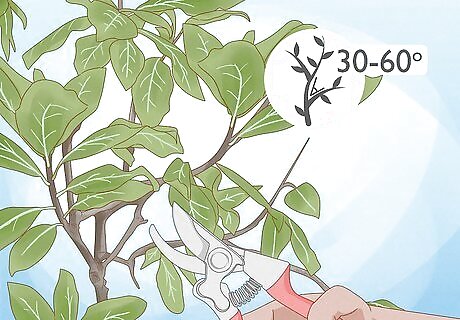
Prune the tree again two years after planting. Two years after the tree is planted, some branches may need to be removed to improve the tree’s shape and structure. Step back and look closely at the branch spacing along the trunk and the angle of the branches. They should be evenly spaced along the length of the trunk. If a few branches need to be removed to even out the spacing, prune off branches that have a narrow crotch angle first. These tend to be weak and break off of the tree easily due to strong winds or ice build-up. Ideally, the branches should grow out from the trunk at a 30- to 60-degree angle.

Use the correct pruning technique. Always make the cut just beyond the branch collar, which is the slightly raised area at the base of the branch. Do not nick or cut the branch collar. Prune off branches that are growing at the proper angle only if necessary to even up the spacing. Small, green sprouts may grow from where the branch has been removed. If they do appear, simply snap them off by hand or rub them off with your thumb if they are very small.
Pruning Damaged or Diseased Branches
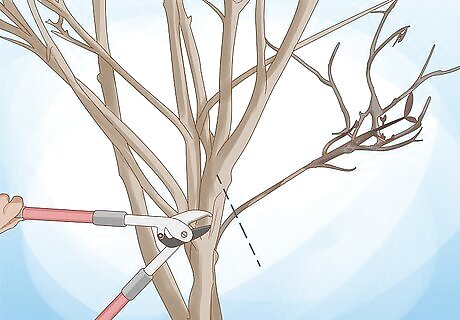
Prune damaged branches throughout the year. Branches that are damaged or broken should be pruned off whenever they are noticed throughout the year. Remove the entire broken branch all the way back to the branch collar. There is no need to seal the wound with anything. The tree will quickly form a natural barrier and paint or tree wound dressing can interfere with that process.
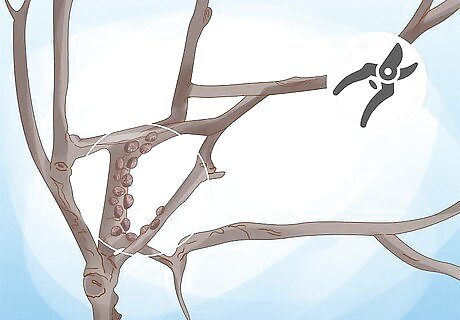
Remove diseased branches. While tulip magnolias are generally not bothered by common tree diseases, they can occasionally develop cankers. When cankers or small patches of discolored or oozing bark are present on a branch, the entire branch should be pruned off all the way back to the branch collar. Remove the branch when the weather is dry to help prevent spread of the disease.

Disinfect the tools after removing diseased branches. Disinfect the loppers with household disinfectant or a mixture of 10% bleach in water before and after using them on the diseased branch. This will prevent the disease from spreading to other branches or indeed other parts of the garden. Always wipe the disinfectant or bleach water off the loppers before using them.











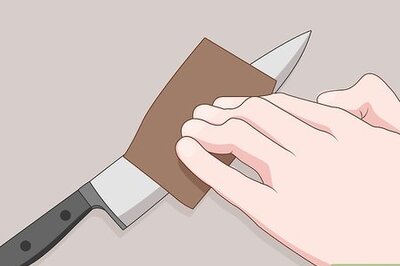
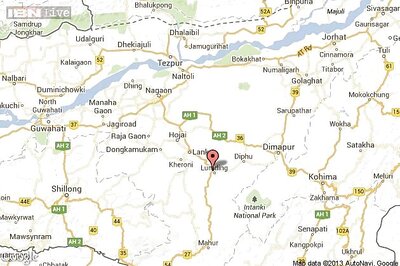






Comments
0 comment